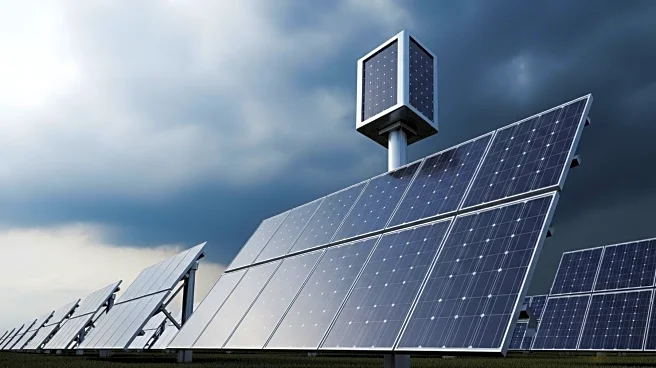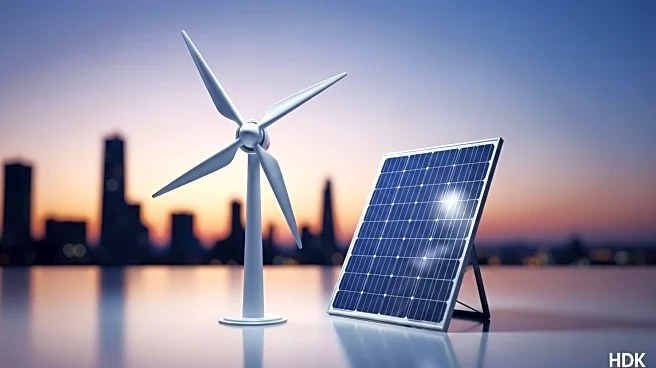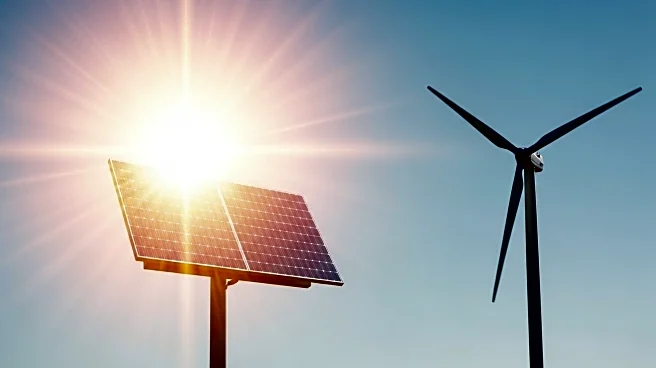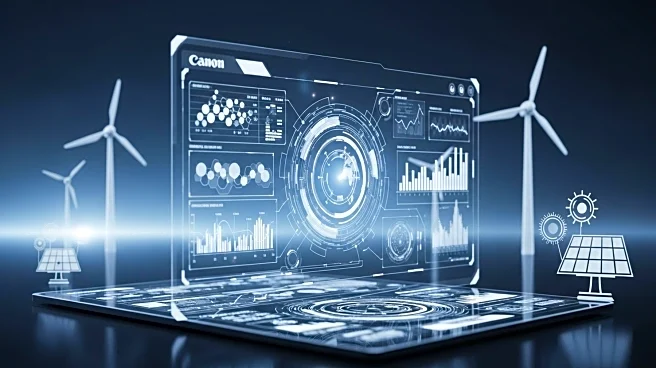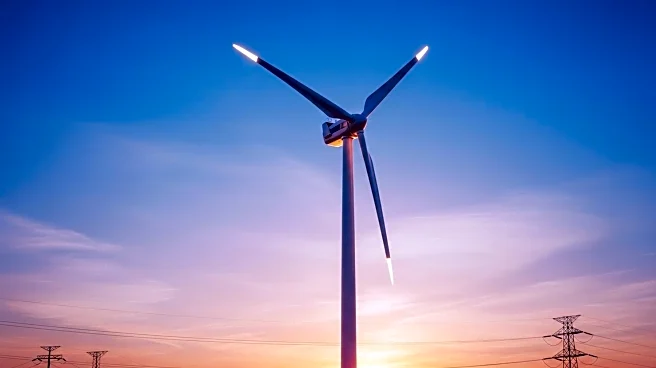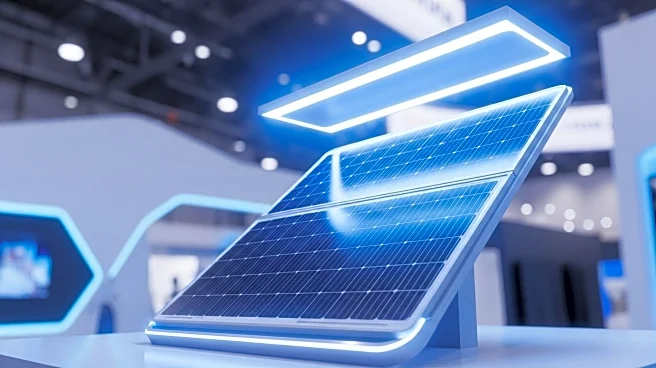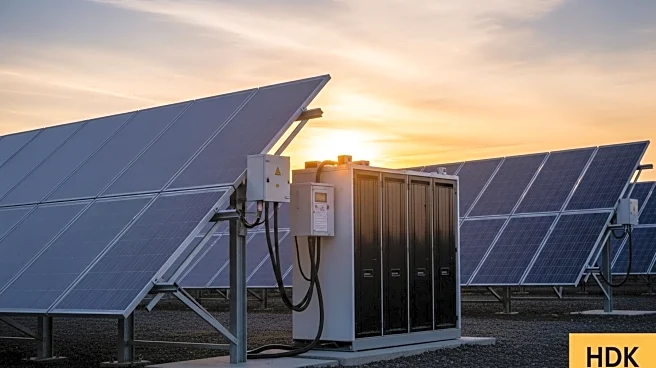What's Happening?
Utility-scale solar farms are increasingly vulnerable to natural disasters, particularly hailstorms, as extreme weather events become more frequent and severe. This has prompted utility executives, plant managers, engineers, and energy policymakers to seek scalable methods for assessing and repairing solar farm damage efficiently. The evaluation of solar farm damage is evolving, influenced by forensic engineering experience and new inspection technologies. These advancements aim to reduce downtime, control repair costs, and safely restore renewable power generation. Challenges in evaluating storm damage include the vast size of solar sites, limited access, and missing historical baseline data. Drone-based thermography has gained popularity for assessing damage, but it is not a standalone diagnostic tool due to its weather dependency and limitations in detecting certain types of damage.
Why It's Important?
The increasing vulnerability of solar farms to natural disasters has significant implications for the renewable energy sector. Efficient damage assessment and repair are crucial to maintaining the reliability and output of solar power generation. As the U.S. continues its transition to renewable energy, ensuring the resilience of solar infrastructure is vital for energy security and sustainability. Stakeholders, including insurers, equipment manufacturers, and investors, are affected by the efficiency of damage evaluation and repair processes. Misdiagnosis or delayed resolution can lead to increased costs and prolonged downtime, impacting the overall effectiveness of solar energy as a reliable power source.
What's Next?
Utility executives and policymakers are likely to continue developing and refining damage assessment and repair strategies to enhance the resilience of solar farms. Collaboration among forensic engineers, repair crews, and third-party consultants will be essential in creating effective repair plans. The focus will be on prioritizing critical areas for repair and incorporating fixes during evaluation to save time and resources. As solar farms expand, the industry will need to balance high-tech solutions with practical methods to ensure quick and safe restoration of power generation.
Beyond the Headlines
The vulnerability of solar farms to natural disasters raises broader questions about the resilience of renewable energy infrastructure in the face of climate change. As extreme weather events become more common, the industry must adapt its strategies to ensure long-term sustainability. This includes improving pre-storm preparation and updating operational benchmarks to enhance post-event diagnostics. The integration of advanced technologies like AI in damage assessment also highlights the need for continuous innovation in the renewable energy sector.
